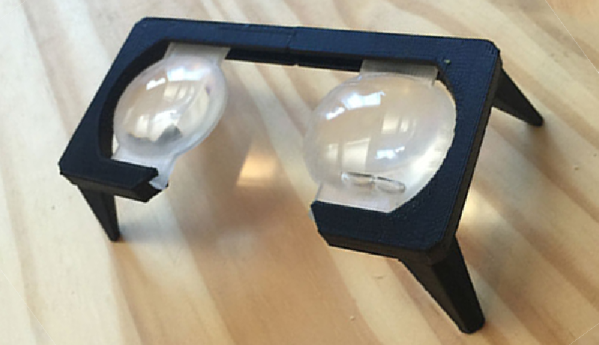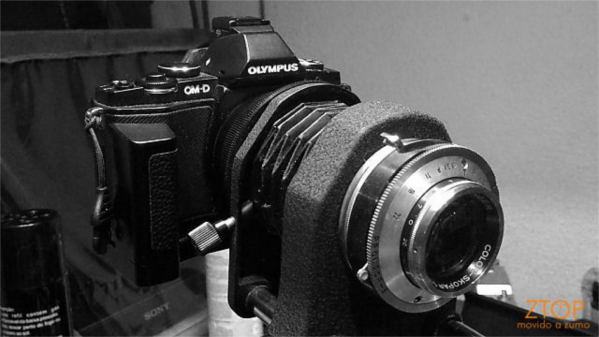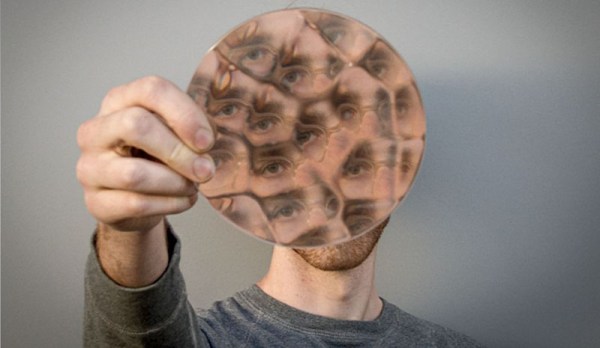We are all (hopefully) aware that we can be watched while we’re online. Our clicks are all trackable to some extent, whether it’s our country’s government or an advertiser. What isn’t as obvious, though, is that it’s just as easy to track our movements in real life. [Saulius] was able to prove this concept by using optical character recognition to track the license plate numbers of passing cars half a kilometer away.
To achieve such long distances (and still have clear and reliable data to work with) [Saulius] paired a 70-300 mm telephoto lens with a compact USB camera. All of the gear was set up on an overpass and the camera was aimed at cars coming around a corner of a highway. As soon as the cars enter the frame, the USB camera feeds the information to a laptop running openALPR which is able to process and record license plate data.
The build is pretty impressive, but [Saulius] notes that it isn’t the ideal setup for processing a large amount of information at once because of the demands made on the laptop. With this equipment, monitoring a parking lot would be a more feasible situation. Still, with even this level of capability available to anyone with the cash, imagine what someone could do with the resources of a national government. They might even have long distance laser night vision!

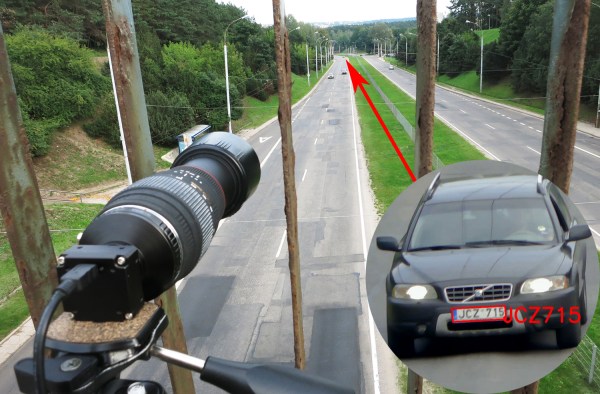

 Keeping screws and various parts in order is key when taking apart a lens. [Kratz] used a tip he learned right here on Hackaday: He drew a diagram of the screw positions on a thick piece of paper. He then stuck each screw right into the paper in its proper position.
Keeping screws and various parts in order is key when taking apart a lens. [Kratz] used a tip he learned right here on Hackaday: He drew a diagram of the screw positions on a thick piece of paper. He then stuck each screw right into the paper in its proper position.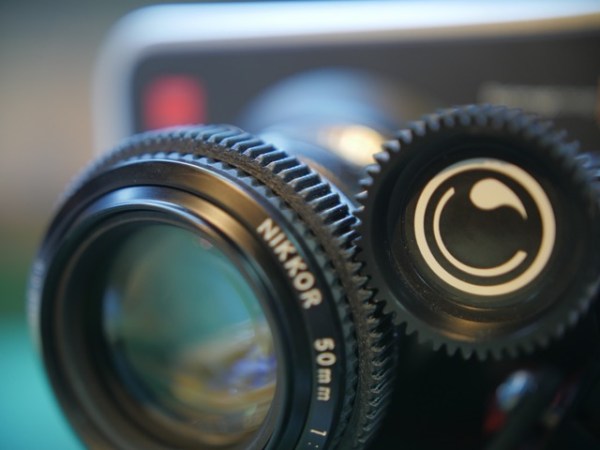
 Unwilling to permanently modify his DSLR camera lens and dissatisfied with after-market lens gearing solutions, [Jaymis Loveday] learned enough OpenSCAD to generate gears from 50mm to 100mm in diameter in 0.5mm increments for a snug friction fit. Teamed up with commercially available focus pulling equipment, these lens gears should really help [Jaymis] get professional results from consumer lenses.
Unwilling to permanently modify his DSLR camera lens and dissatisfied with after-market lens gearing solutions, [Jaymis Loveday] learned enough OpenSCAD to generate gears from 50mm to 100mm in diameter in 0.5mm increments for a snug friction fit. Teamed up with commercially available focus pulling equipment, these lens gears should really help [Jaymis] get professional results from consumer lenses. 